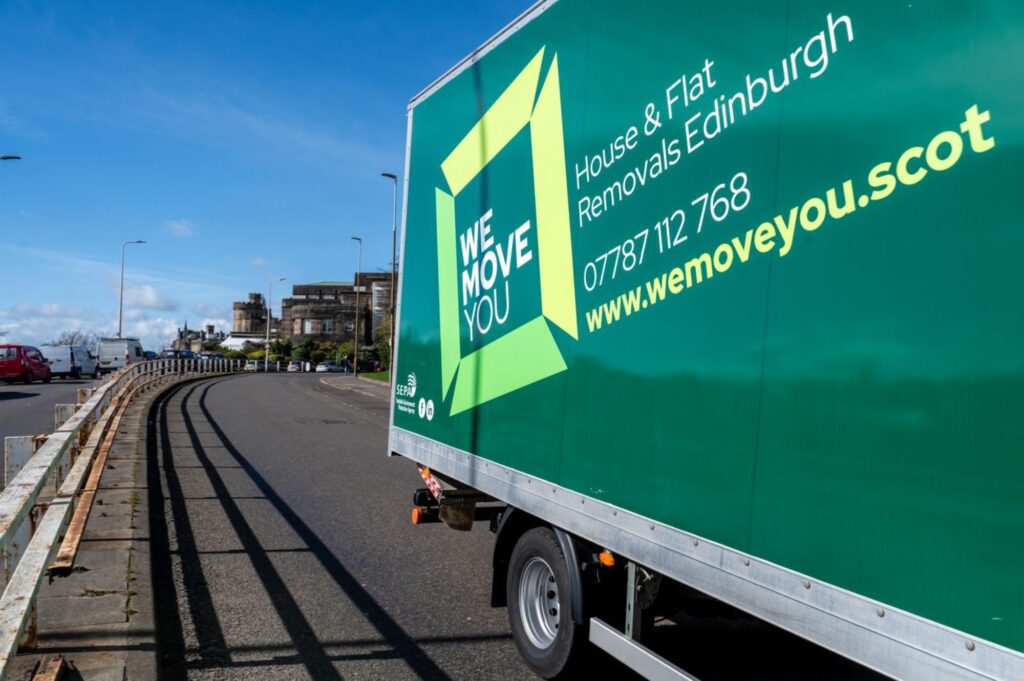After the celebrations of securing your new home the reality of the actual move may now be setting in. I think it’s fair to say most of us have too many clothes, enough random assortments of kitchen utensils to re-stock Tkmaxx and one cupboard that swallows every item in the ‘not sure where to put this, or if I really need it, but it might come in handy one day’ category.
But with the countdown to completion on it’s time to focus and follow our 6 steps to moving success. And the key? Organisation my friend. Finding the house may have been a case of location, location, location but preparing a move is definitely about organisation, organisation, organisation!
1. Time to declutter
About 6-8 weeks in advance of the move you want to start sorting through your belongings to create four categories:
- Keep
- Sell
- Charity
- Bin
It’s important to do this task at least six weeks in advance to give you enough time to sell items of value on gumtree/eBay etc. Selling items is also a useful way to help pay for the move!
If you don’t have access to a suitable vehicle a Man with a Van service is a good shout for taking items to charities and disposing of them for you. Just make sure they are SEPA registered to ensure you are complying with the law for disposing household items.
Seeing the volume of how much you are now keeping allows you to source the right number of boxes and get more accurate estimates from removals companies who you should be booking a month in advance if planning on using.
2. Think inside the box!
Having a good supply of the right size boxes to hand is the best way to keep the packing flow going when you are on a roll. But bigger isn’t always better in the box world and the temptation to save money by getting a fewer number of bigger boxes is a costly mistake leaving you with overfilled boxes that are too heavy. Consider access at both properties, if there are narrow doorways or tight halls the bigger boxes may also be more awkward to move which can increase the time and cost.
Think also about your moving strategy, if it’s friends and family only you need to think what is manageable for folk to carry. Moving is hard physical work so don’t risk injuring anyone by not thinking this through. As a general rule at least half of your boxes should be medium sized, and of the remainder small should outnumber big!!
Try to source standard packing boxes as it makes the van much easier to organise saving time and money. Most movers sell boxes and will deliver them to your door, but you don’t have to purchase new boxes. Keep an eye on gumtree for free or very low cost second hand ones which is much greener too.
3. Best practice packing
Now you have the perfect mix of boxes…how should you fill them?
– Small boxes are for heavy items such as plates and books
– Big boxes are for clothes, bedding etc
– Medium boxes are for everything in between!
You don’t want to be packing air as it’s a waste of money, but you don’t want your boxes too heavy. So, use cushions, pillows or even bulky jumpers and coats that don’t weigh much but are a bit bulky to fill a box without overloading it.
You can also save on bubble wrap which is pricey and bad for the environment by using your clothes to pack delicate items. Socks are a good ‘stuffer’ around glassware while t-shirts are great for plates. You would be packing them anyway so why not kill two birds with one stone.
4. Label away
By now you will have a small mountain of boxes and you should be feeling pretty proud of yourself. The next step is to make sure you have all the boxes labelled.
Now, you probably taped the top up, got the marker out and wrote on top what it contained and finished it with a satisfying double underline. Great, but now go back and write exactly the same thing on all sides of the box. Why? Because when the boxes are stacked you won’t see the top and the last thing you want to do is have to move a whole stack of heavy boxes to see what was in the bottom one.
If you’ve only written on one side, sod’s law it will be facing the wrong way at some point. Make it as easy as possible for the movers to identify what something contains and where it goes as that saves time…and money. This is a recurring theme, right?
Now, if you want to be super organised to let’s say ‘Monica’ level you could employ a colour coding system. Get a multipack of coloured packing tape and designate a colour for each room in your new home. Slap a piece of coloured tape on each side of your packed box and come moving day put the corresponding colour tape on the door of that room. It will save time on referring to a floor plan, or the movers trying to remember which one was bedroom 2 and 3 and avoids any confusion over illegible handwriting.
5. Plan your exit
Clear one room and store all of your packed boxes in that room until move day. It will make packing up each room more manageable as you have more space to work in, but also means you can close the door to that room and not have to feel like you are living amongst boxes.
If possible, choose the closest room to the door the movers will be using to speed up the removal process and you guessed it…save money! It also means that if the boxes are in one room it just leaves the larger furniture items such as beds, wardrobes, sofas etc in the remaining rooms. This helps your movers see the wood for the trees and quickly plan how best to organise the van.
6. Separate the essentials
You need to have two survival kits that are easily identifiable and labelled ‘Unpack first’.
Your first kit is the basics to keep troops moving at your new destination. Source one of those clear plastic boxes and pack the following in it:
- Kettle
- Tea/coffee/sugar
- Aome cups and teaspoons
- Biscuits/snack bars
- A couple of sets of cutlery
- A couple of plates and cereal bowls
This should be enough to see you through the inevitable takeaway on the first night and breakfast the next morning without having to break into any other boxes which is when things can start to get messy. Day one is about getting the boxes in. Day two is the time for unpacking.
Your second survival kit is what you would normally pack for a ‘weekend away’ so you have toiletries and clothes for a couple of days without the need to rake through several boxes of clothes trying to find clean pants!
The only extra thing to pack with your ‘weekend’ kit is a clean set of bed sheets and have your duvet and pillows in a box clearly marked as unpack first. After a hard days move it is important to assemble your bed and make it up so you can enjoy your first night in your new home and wake up refreshed and ready for the next day.
If you follow these steps you will be giving yourself the best chance of a stress free move and you will be starting life in your new home on the right note.
Image Credits: Photo’s by Ketut Subivanto and Karolina Grabowska from Pexels

